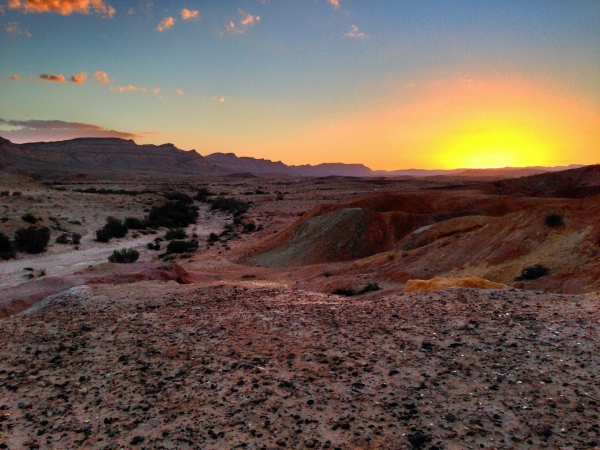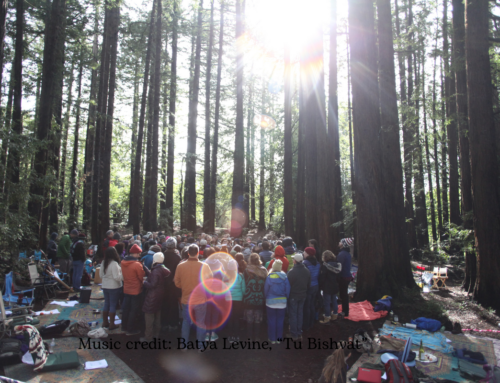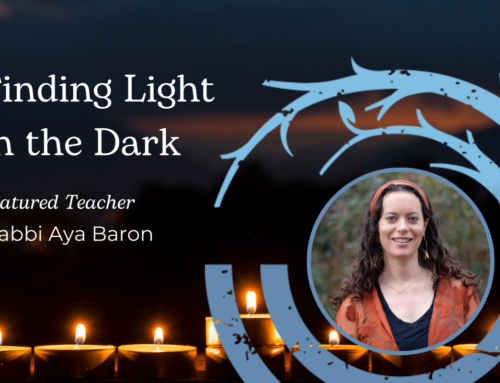Zelig Golden
2 Ayar 5768 | May 7, 2008
In parsha Pekudei, the Torah sums up the intricate details of God’s instructions for building the Mishkan, the tabernacle or temporary sanctuary that our people would carry through the desert after the Exodus. This portion is particularly concerned with the details of what the Mishkan was built of; blue, purple and crimson yarns; the skins of rams and dolphins; refined sheets of gold; twisted linens; specific measurements for the Tent, Tabernacle, and Altar.
Parsha Pekudei then describes how Moses, Aaron, and the priests should relate to the Mishkan: How to wear the ceremonial robes, how to set up the tabernacle, where to place the table and the lamps – each action with a special instruction.
Given how sparing the Torah is generally with words, and that previous parshot have already gone through much of this detail, is it peculiar that the Torah would spend so many words describing these details? Well, as they say, God is in the details!
According to Midrash Bamidbar Rabbah (12:13), the sages understood the Mishkan to be a microcosm of the universe, with each of its aspects corresponding to another part of creation: the tent represented the heavens, the menorah represented the sun and moon, the laver (anointing oil and incense) represented the oceans, the wood representing the soil of the earth; each revealed in the Mishkan as all aspects of the world are revealed in the creation story.
From the midrashic perspective, then, the meaning of the recounting the Mishkan’s construction is a broader statement of how we are called to relate to the world. While revelation is thought of in grand terms – the splitting of the Red Sea, thunder from Mount Sinai – this parsha teaches us that the little details of the world are equally important.
Furthermore, at the end of Pekudei, when Moses had finished the assembly of the Mishkan, the Torah describes God entering and occupying the Tabernacle, seen by the people as cloud and fire. As the last words of the book of Exodus, these words carry much weight, teaching that by paying close attention to the smaller details of creation – soils, water, leaves on a plant, the rising moon, the setting sun etc. – we are able to find where God resides.
As the Tanya (a major Chassidic work) teaches, Mimale Kol Alamin, B’Sovev Kol Almin – “You (God) fill all worlds and You surround all worlds” – God is not just found on the top of the Mountain – but God is in everything, is everyone – all you have to do is open your eyes to that truth to discover God before you.





